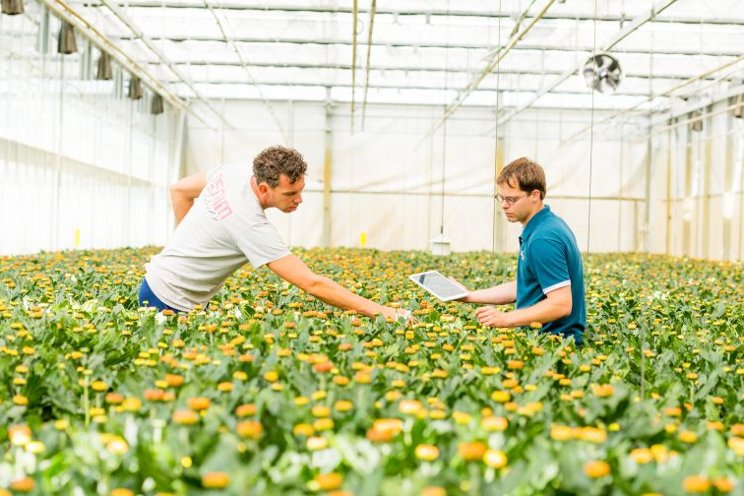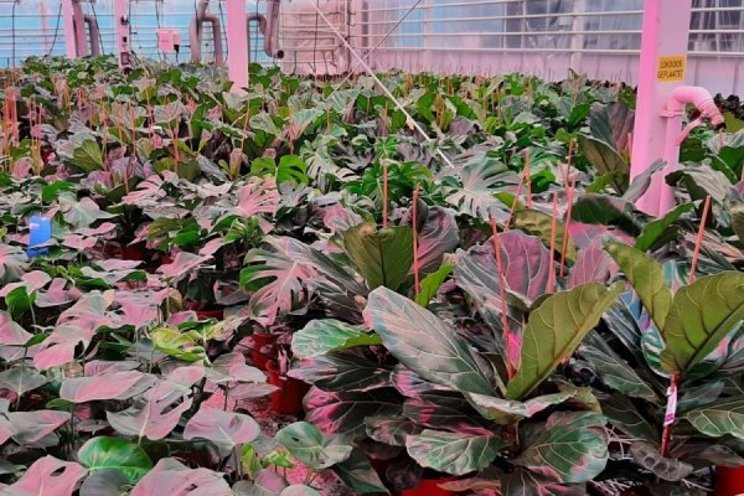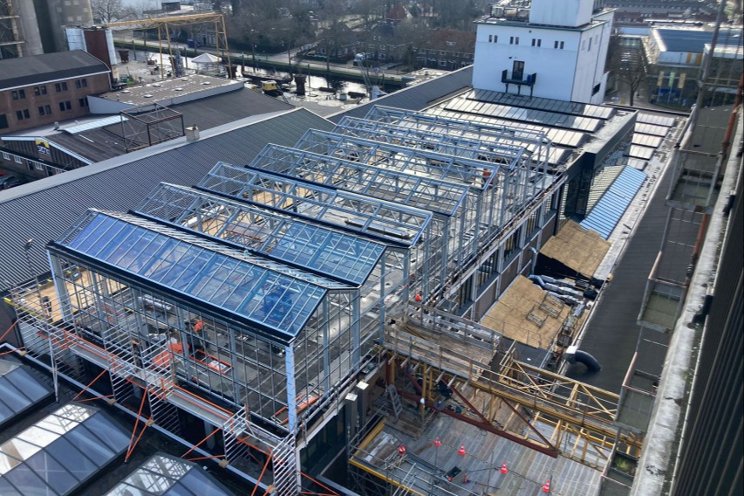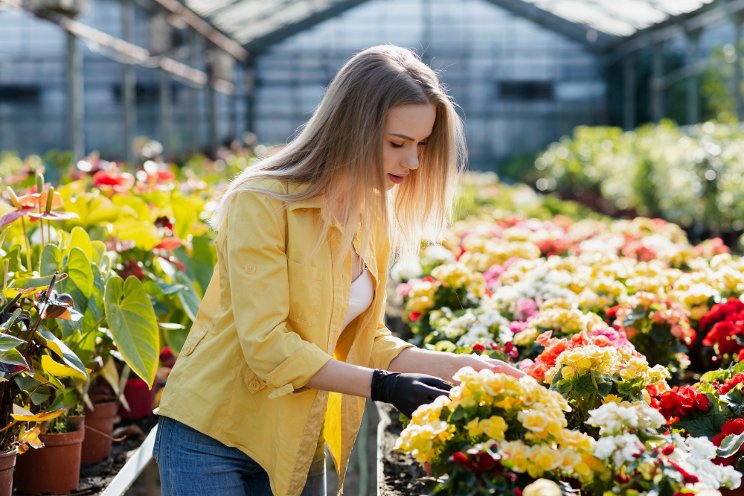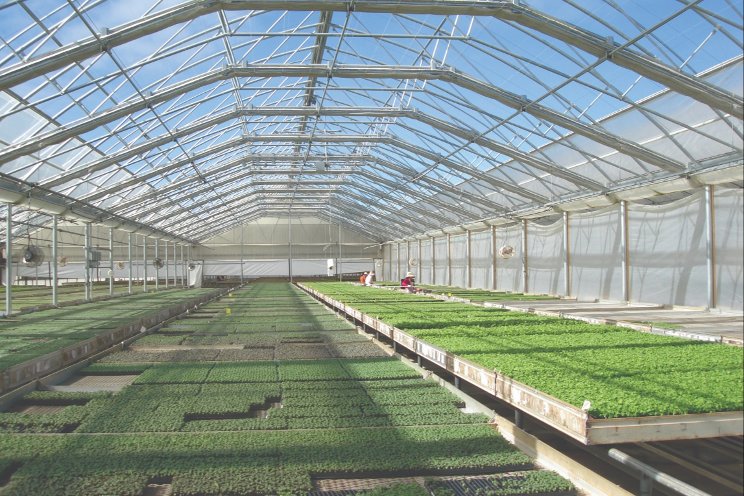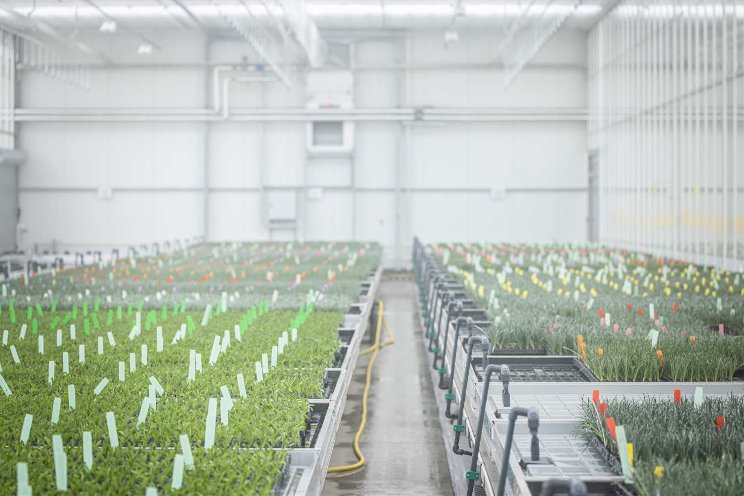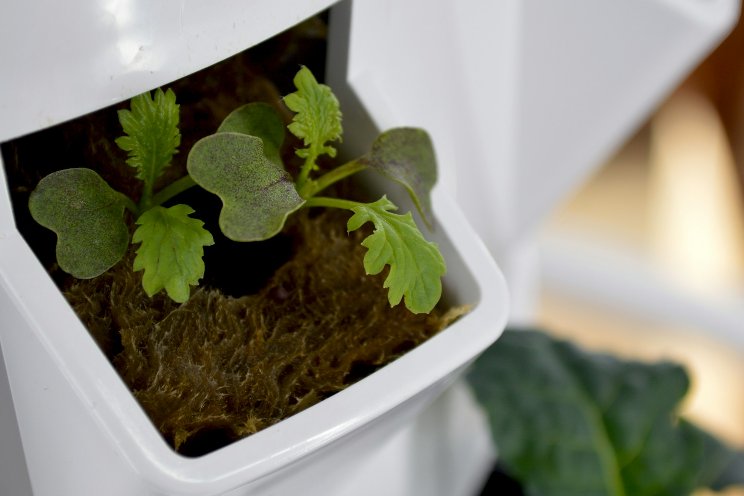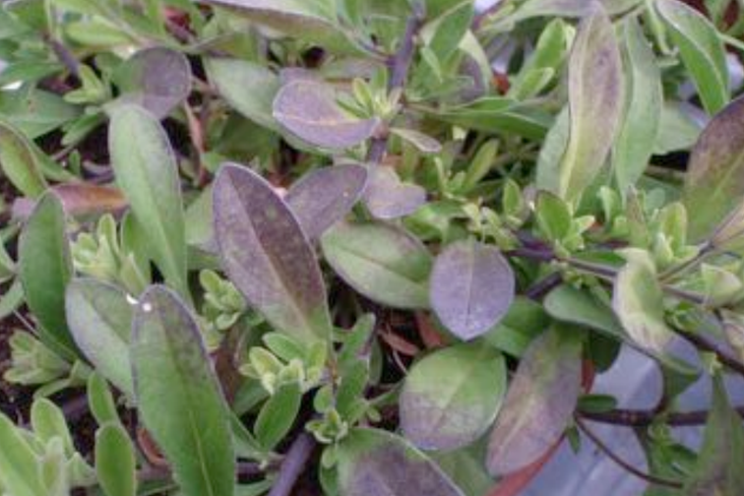Is soil carbon agriculture's secret weapon?
Added on 03 January 2022
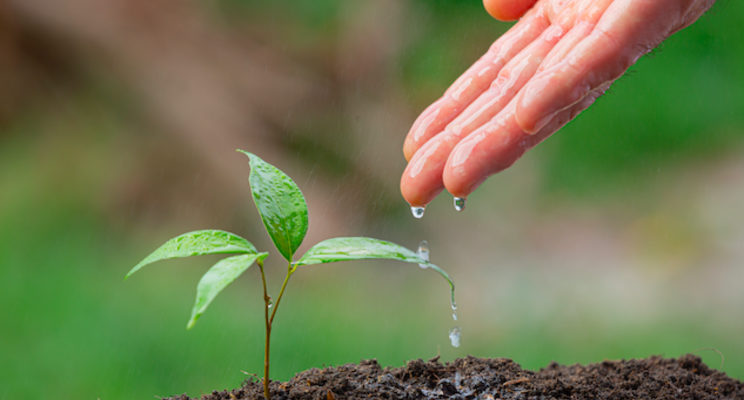
But while much attention will focus on ways of curbing further greenhouse gas (GHG) emissions, there's also growing awareness of the need to try to lock-up, or sequester, the carbon dioxide already in the atmosphere: CO2 concentration has risen from 280ppm at the beginning of the Industrial Revolution to 412ppm today1, a 47 percent increase.
The year 2016, the first in which the atmospheric concentration remained above 400ppm all year, now holds the dubious record of being the hottest year since records began2, about 1.1°C warmer than pre-industrial levels. At the current rate of growth, concentration of the planet-warming gas will reach 500ppm within 50 years - yet the 2015 Paris Agreement aims to keep that global temperature increase below 2°C and ideally less than 1.5°C.
So, what's needed? According to James Hansen, a leading climate change commentator at Columbia University, CO2 must be reduced to around 350ppm if 'humanity wishes to preserve a planet…to which life on Earth is adapted'. Most fascinating of all, he suggests 'adopting agricultural practices that sequester carbon' as a means of achieving it3.
20 billion tonnes
That's exactly what farmers around the world are now hoping to achieve through their manipulation of 'soil carbon', or soil organic carbon (SOC) as it's properly known. Historically, conversion of land to agricultural use, and the subsequent heavy cultivation of soils, have been a significant source of GHG emissions. But soil has a terrific capacity to reabsorb much of the carbon dioxide it's already lost, within soil and plant biomass. In fact, the Food and Agricultural Council of the United Nations (FAO) suggests4 that soil could sequester around 20 billion tonnes of carbon over the next quarter-century; more than 10 percent of human-derived emissions.
One of the first countries to encourage their farmers to adopt sequestration-rich practices was Australia, where the government established a carbon market designed to help farms practice 'carbon farming'. Agriculture is responsible for around 14 percent5 of the country's GHG emissions; now, through Carbon Farmers of Australia, farmers can adopt new or changed farming practices that not only reduce those emissions but also capture and hold carbon within vegetation and soils. These carbon credits are set to help the Australian government meet its Paris Agreement obligations to reduce emissions by 26-28 percent of the country's 2005 levels.
Examples of such practices include switching to minimum or no-till cultivation methods, stubble retention, green manure crops, use of natural fertilisers and biostimulants, and even such simple methods as maintaining groundcover (i.e. no bare earth in fields) year-round.
Farmers taking part in the scheme bid on adopting these practices through a reverse auction, which sees them paid a median figure of AU$14 for each tonne of carbon they capture. Benefits stretch beyond the financial: carbon farming reduces soil erosion by improving soil structure, while more fertile soil generates healthier crops and animals. Water retention and holding capacity also increases; valuable characteristics to buffer soils against not just drought, but the increased intensity of rainfall that many parts of the world are beginning to experience.
New marketplaces
Meanwhile, in the United States, the administration has earmarked $30bn to help farmers capture carbon in soils through adoption of more sustainable practices, and the establishment of a 'carbon bank' to act as a guaranteed buyer for carbon credits, with start-up firm Nori creating a new marketplace for carbon removal. It allows companies, or individuals who want to negate their carbon emissions, to pay farmers to use regenerative agriculture methods, favouring carbon accumulation in the soil through practices such as planting an extra crop in the 'off' season, and switching to min-till cultivation.
Click here to read more.
Photo created by jcomp - www.freepik.com
Source: Ag News
More news

